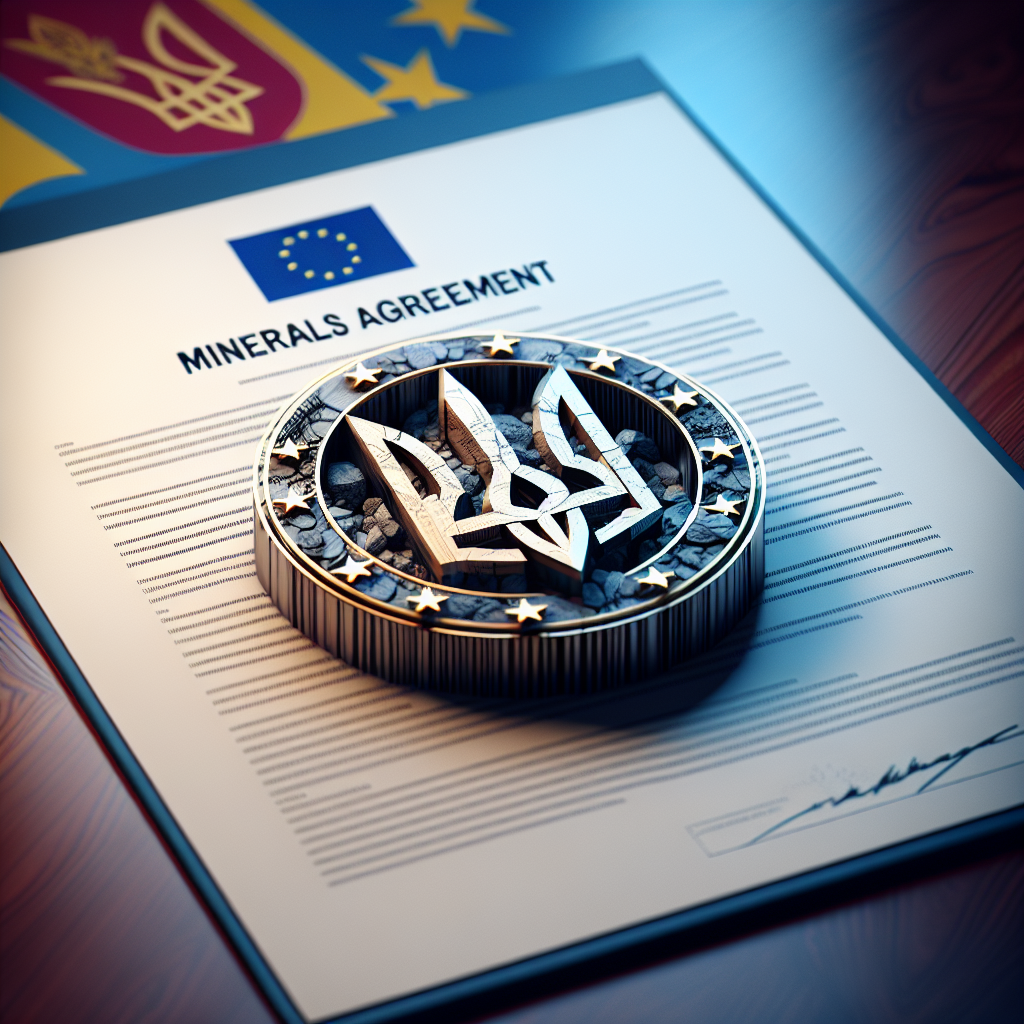EU Proposes Competing Minerals Agreement to Ukraine
EU Proposes Competing Minerals Agreement to Ukraine
Introduction
The European Union has put forward a strategic proposal aimed at strengthening its ties with Ukraine through a new minerals agreement. This initiative is part of the EU’s broader strategy to secure critical resources and reduce dependency on external suppliers, particularly in the context of global supply chain disruptions.
Key Objectives of the Agreement
- Resource Security: The agreement aims to ensure a stable supply of essential minerals crucial for the EU’s industrial and technological sectors.
- Economic Partnership: It seeks to bolster economic collaboration between the EU and Ukraine, fostering mutual growth and development.
- Geopolitical Strategy: The proposal is part of the EU’s efforts to diversify its supply sources and enhance geopolitical stability in the region.
Benefits for Ukraine
- Investment Opportunities: Ukraine stands to gain significant foreign investment, boosting its mining sector and overall economy.
- Technological Advancements: The agreement could facilitate the transfer of cutting-edge mining technologies to Ukraine.
- Market Access: Ukrainian minerals would gain easier access to the European market, enhancing trade relations.
Challenges and Considerations
- Regulatory Alignment: Ukraine will need to align its regulatory framework with EU standards, which may require substantial reforms.
- Environmental Concerns: Both parties must address potential environmental impacts associated with increased mining activities.
- Political Dynamics: The agreement could influence Ukraine’s geopolitical stance, particularly in relation to Russia.
Conclusion
The proposed minerals agreement between the EU and Ukraine represents a strategic move to secure essential resources while fostering economic and geopolitical ties. By investing in Ukraine’s mining sector, the EU aims to create a mutually beneficial partnership that enhances resource security and economic growth. However, successful implementation will require careful consideration of regulatory, environmental, and political factors.


































